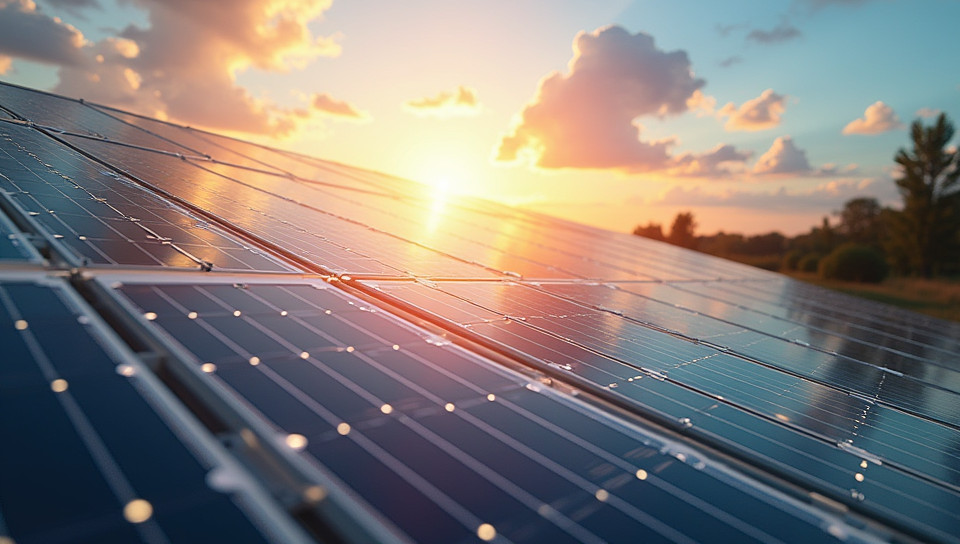Photovoltaic cells generate power from solar radiation daily 87%

Harnessing the Power of Sunlight: How Photovoltaic Cells Generate Electricity Daily
As we continue to strive for a more sustainable future, our reliance on renewable energy sources is becoming increasingly important. One such source that has been gaining attention in recent years is solar power, which harnesses the energy from sunlight to generate electricity. At the heart of this process are photovoltaic cells, also known as PV cells or solar panels.
What are Photovoltaic Cells?
Photovoltaic cells are devices made up of semiconducting materials that convert light into electrical energy through a process called photovoltaic effect. This phenomenon occurs when sunlight hits the surface of the cell, causing the electrons to become excited and flow freely, creating an electric current.
The Science Behind Photovoltaic Cells
The science behind PV cells is rooted in quantum mechanics and solid-state physics. When light hits the surface of a PV cell, it excites the electrons in the semiconducting material, which are then free to move and create an electrical current. This process is known as the photovoltaic effect.
Applications of Photovoltaic Cells
Photovoltaic cells have a wide range of applications, from powering homes and businesses to generating electricity for electric vehicles and grid-scale power plants. They can also be used in various industries such as construction, transportation, and telecommunications.
- Some of the benefits of using photovoltaic cells include:
- Renewable energy source that reduces dependence on fossil fuels
- Low maintenance costs compared to traditional power generation methods
- Quiet operation with no noise pollution
- Can be installed on rooftops or in solar farms
Challenges Facing Photovoltaic Cells
Despite the many benefits of photovoltaic cells, there are still several challenges that need to be addressed. These include high upfront costs, intermittency of sunlight, and energy storage limitations.
Conclusion
Photovoltaic cells have come a long way in recent years, with significant advancements in efficiency and cost reductions. As our world continues to grapple with the challenges of climate change and sustainable development, photovoltaic cells are likely to play an increasingly important role in generating clean and renewable energy. By harnessing the power of sunlight, we can create a more sustainable future for generations to come.
- Created by: Diego Carrillo
- Created at: Aug. 18, 2024, 12:32 a.m.
- ID: 7687

